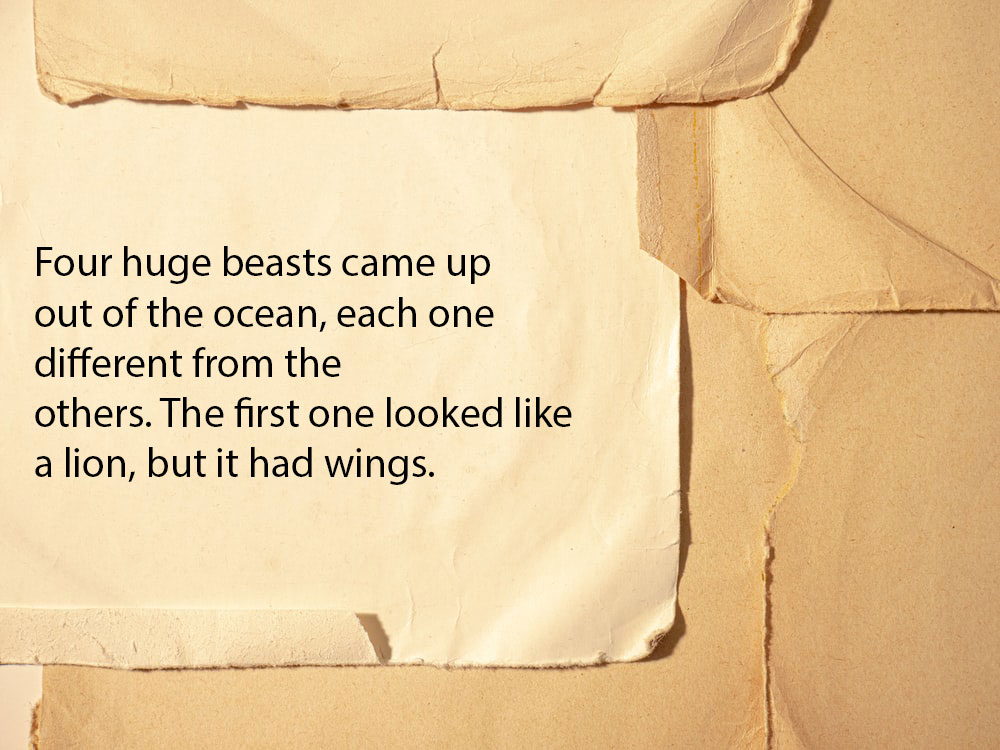NOTE: This article is a request of a wonderful nun who comes from a convent close by. Their work benefits less privileged children and children with special needs. The dedication and cause in the interest of the children is a lifelong commitment for all the nuns in that convent that I found inspiring.
SILENCE
 Today, majority of children are unable to sit still in class and be quiet. Silence becomes golden. In a classroom where order is needed and discipline is necessary. Creative discipline is keeping classroom management. Learning to channel the class energies both positive and negative is crucial in transitioning discipline to compliance. Guiding the whole class is recognizing every student as well.
Today, majority of children are unable to sit still in class and be quiet. Silence becomes golden. In a classroom where order is needed and discipline is necessary. Creative discipline is keeping classroom management. Learning to channel the class energies both positive and negative is crucial in transitioning discipline to compliance. Guiding the whole class is recognizing every student as well.
The demand for structure and challenge to order usually coincides with the ability of the child to come together individually or as a class. Where attention is scattered and children have diminished attention span any teacher is prone to have a bad hair day.
It all begins with being still and silent. It works both ways – teacher and student. Our actions and thoughts keep on churning even without being verbose and verbal. The clutter and fetters of the mind continue to rustle like leaves that flutters in the air.
The elusive silence that we all long for is a matter of attitude. We can be quiet outside but inside we carry that jitter bug. Always seeking to budge, ready to explode anytime. The young and the restless may also be observed in the adult and sleepless.
To silence the thought does not mean not thinking. That is to be present to the moment. Being still is something elusive and maybe unheard of. To silence the action does not mean no movement at all. But it does however mean that one is able to act accordingly.
The erratic nature of our modern lifestyle have stolen a vital part of existence that is silence. Silence is not the mere absence of sounds. Neither does the absence of motion indicate Stillness.
Is it possible to be Silent and Still at the same time? To silence the senses is to attune the entire child. That is to be grounded and centered. Not fixated or held down. Neither does it refer to attachment or detached from any concrete or perceived reality. But it does however mean the ability to be part of something and still able to stand apart from it.
Can you hold a child to keep still? Of course not for a long time. It is the nature of the child to be active. They are like the ticking stopwatch ready to ring anytime. The consistent chatter, the tapping, jumping, running and the endless questions and the wonders of a child – means they are filled with life.
And I love to watch children like this. And to cope with children active as this, is not to hinder or prevent movement but to go with the flow and ride the waves as it takes you up and down. It is not the motion that is your problem. Children are naturally active and to stop them is to curtail their potential. Children are not to be tamed but they need to be commanded gently to do the good thing until such time that they are ready.
I had a class of fourteen grade school boys and I just love all of them with all their wild antics and naughty little deeds. You have to understand that children are children. It is in their nature to be playful and sometimes more than what you can handle. Toning down their energies and focus their force into something that is productive can be a challenge but if you take it in a nice way can be fun. Of course one of the most important thing is turning being cheeky and naughty to being nice. Accentuate on what is good about them first. Reinforce what is positive and everything follows, no matter hard it may be. More than a bundle of sparkling, bubbly and chattering little wisps of energy is to appreciate the child – a human being that needs to be cared and accepted exactly for what they are. Changing the focus of their effort is to direct them positively.
There are moments when they even get you in a big trouble for their actions but to teach them what accountability is to let their deeds sink in them. Naughtiness is accidental to the nature of a child sometimes they may not even mean what they are doing so think again before you hurl any lashing remark you might regret the rest of your life.
Our actions and thoughts may lack silence too. So every teacher or parent must be self- conscious. It is through your example that children learn. The consistency of what you say and do is reflected in everything especially during unguarded moments. Children catch what you teach rather than what you preach. Your soul life as a teacher or parent – your sense for balance and stability is experienced by the child in class.
So before you expect a child to hold still in class, be the first one to guard and practice serenity.
One does not need a grand place for meditation to find the quiet it starts from the very things that we do and the things that we allow our children to capture. One does not need any far place to begin with. The parent or the teacher are the vessels that carries the atmosphere of calmness. You are the ego of the class then everything rests on your better perception of things and events. It is your lead that the whole tone of the class follows.
The best meditation is when you learn how to keep a meditative disposition at all times achieving a peaceful state. Silence is when you are able to become silent to allow others to become.
To immerse in silence calms down the spirit and gives stillness a chance to settle in. The absence of noise also rests the aching throbbing senses.
I begin mornings with my class finding center start with a clean slate. Clear the clutter and jitter bug to quiet the senses- sight, smell, hearing, touch to prepare them for class. To set their attention and open their minds to receive the lesson for the day. Every morning, I call each child by name and gather the class in a circle. The first thing done is to establish the capacity to be Still. That means no talking or moving. To simply stand upright and erect can be a difficult task for over stimulated children. Orient them in space by keeping their feet flat on the ground. It also helps them to be aware of their presence in school. To be here and now. Bring them in by asking them to keep hands crossed over the chest. Rather than scattered all around hands and arms on the chest raises their attentiveness. Provide enough time to wait until children have settled down and are “Still”. That is just about the time when children takes a deep breathing in and out, ask for the class to spend a moment of silence.
In fact you need a moment of silence as a transition from one subject to the next. It allows the child to gather oneself for the next  learning experience. Scattered attention and unsettled you will be spending half the class hour nagging them to be quiet.
learning experience. Scattered attention and unsettled you will be spending half the class hour nagging them to be quiet.
Here you are helping them develop the ability to settle down. Please don’t confuse this with any kind meditation. It is yet not for young children.
With my students coming from all directions in the NCR; they are carrying all the emotional and physical baggage they pick up from their homes, to the streets and everyone they meet along the way. These weight may either be the lack of sufficient sleep, rising up to early, sleeping late, missing out breakfast, rushing parents, the distracted yaya, the absent driver, traffic
along the way, and the all possible things that can happen from the house to my classroom doorstep.
It is just a prelude to engage their attention later during main subjects for the day.
Silence can be a little threatening or fearsome for children who are saturated and conditioned with sound from television, radio, or computers, or anything that has the possibility of making sound. It also teaches children to develop the capacity to quiet oneself. Only when one is able to silence one’s noise can he hear what is outside. But it is a long process to develop such disposition.
To silence your senses is not to deny rather to handle your own soul tendencies and rise above it.
_________________________________________________________
Maria Lourdes de Vera, RN is an author and an artist who cares to teach children








